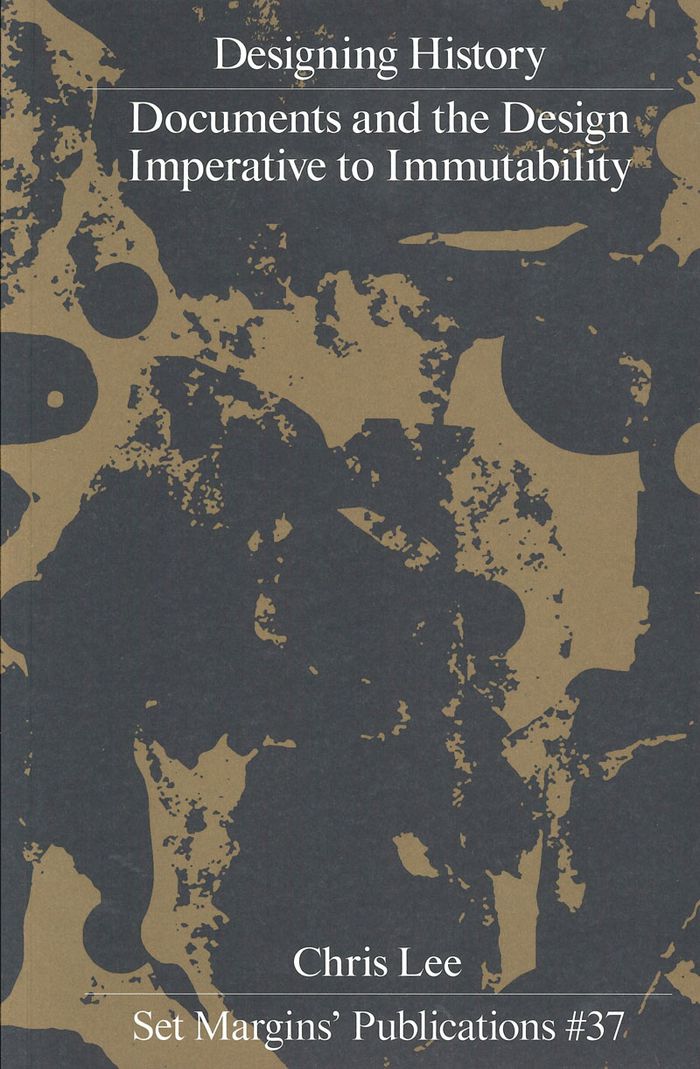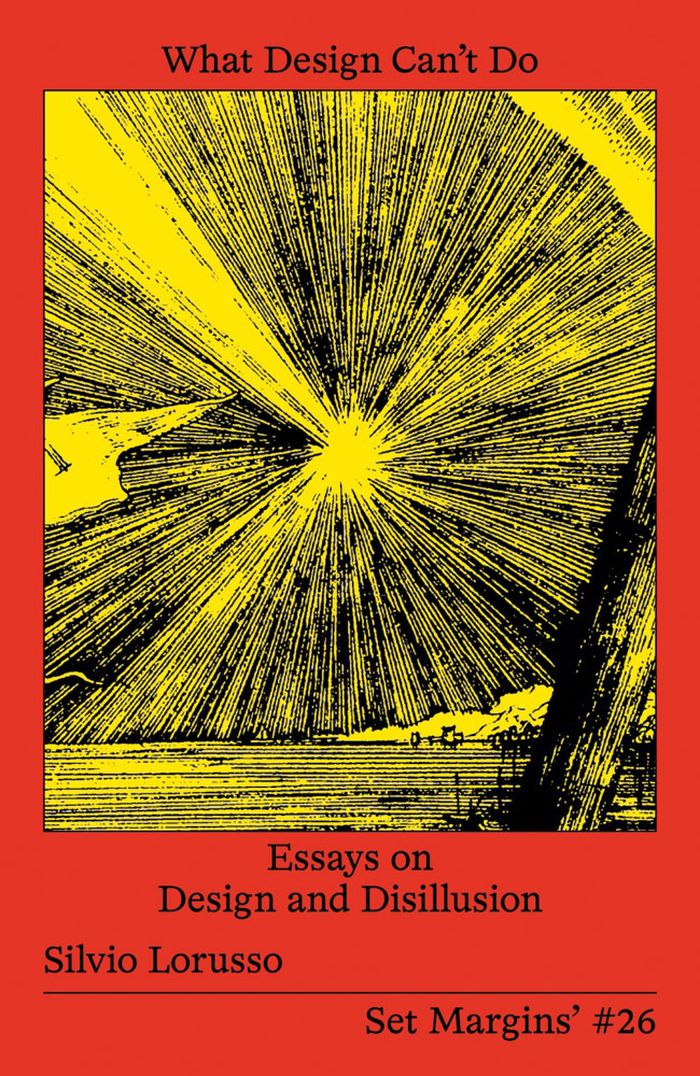$37.50
(available in store)
Summary:
Moving beyond the usual forms endemic to the graphic design canon, "Designing history" studies bureaucratic instruments such as money, passports, certificates, property deeds and more. Such documents produce identity, assign ownership and ascribe value. They stabilize claims, memory and knowledge that would otherwise be vulnerable to contestation or obliteration. Despite(...)
Designing history: Documents and the design of imperative to immutability
Actions:
Price:
$37.50
(available in store)
Summary:
Moving beyond the usual forms endemic to the graphic design canon, "Designing history" studies bureaucratic instruments such as money, passports, certificates, property deeds and more. Such documents produce identity, assign ownership and ascribe value. They stabilize claims, memory and knowledge that would otherwise be vulnerable to contestation or obliteration. Despite their apparent banality, such documents are perhaps graphic design’s most profoundly consequential forms. This book is the revised edition of "Immutable: Designing history" (2022). It includes an extended essay that contextualizes the project as one concerned primarily with prompting a remapping of graphic design’s historical and practical assumptions.
Design Theory
What design can't do
$37.50
(available to order)
Summary:
In focusing on creating preferable conditions, the discipline of design is optimistic by default. And yet, vernacular manifestations of skepticism, dissatisfaction and even resentment toward design abound. Instead of systematically discarding them, can these "sad passions" shed a valuable light on the blind spots of the field? Can disillusion be something more than(...)
What design can't do
Actions:
Price:
$37.50
(available to order)
Summary:
In focusing on creating preferable conditions, the discipline of design is optimistic by default. And yet, vernacular manifestations of skepticism, dissatisfaction and even resentment toward design abound. Instead of systematically discarding them, can these "sad passions" shed a valuable light on the blind spots of the field? Can disillusion be something more than disillusionment? Can it become an emotional method to unveil design’s dysfunctions and contradictions? Author Silvio Lorusso looks into historical and present manifestations of design disillusion to shorten the gap between expectations and reality when it comes to the everyday practice of designers. Using humorous and irreverent visuals, often containing jokes about design, Lorusso constructs thoughtful dichotomies on such topics as synthesis and autonomy, power and impotence, and aspirations and compromise. The result is an amusing yet academic consideration of the design profession and its future.
Design Theory

